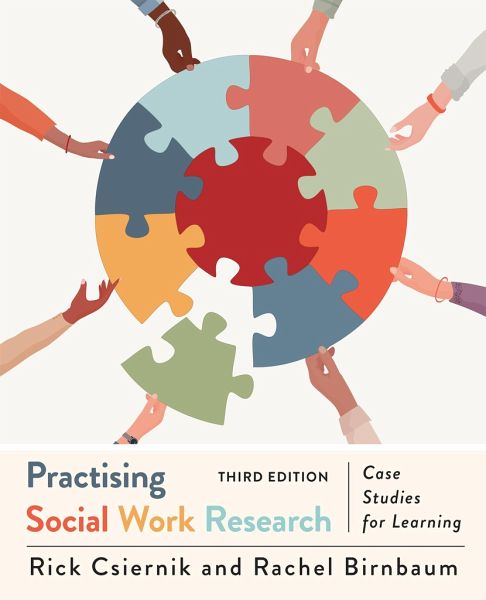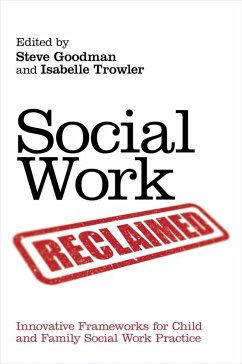
Practising Social Work Research
Case Studies for Learning, Third Edition
Versandkostenfrei!
Versandfertig in über 4 Wochen
56,99 €
inkl. MwSt.

PAYBACK Punkte
28 °P sammeln!
The third edition of Practising Social Work Research introduces real-world research issues and, through case study descriptions, places readers within the environment to resolve the problem.













